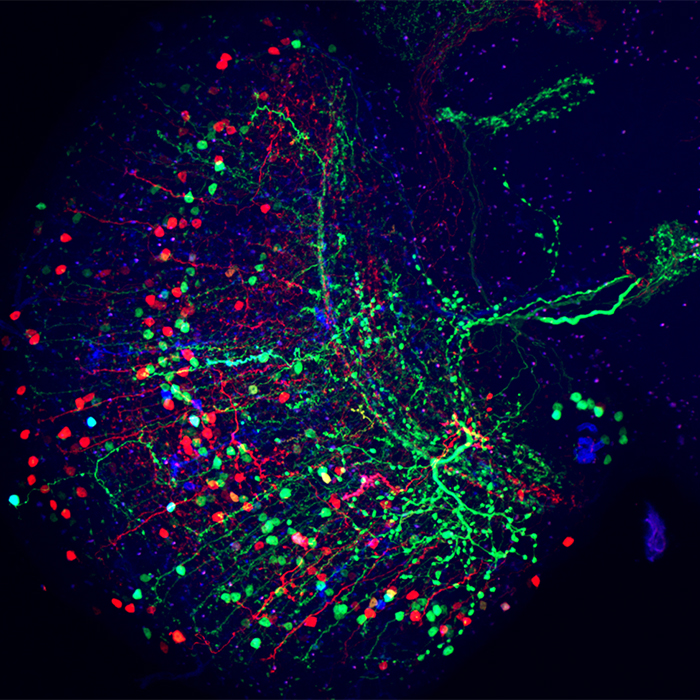The construction of three-dimensional brain neural network structure and functional maps requires a variety of core technologies. The innovation and development of related technologies requires multi-field integration, including the integration of biotechnology, information engineering, nano-electromechanical and optical microscopy. We will keep developing and optimizing (i) Fluorescent molecular design and synthesis in superresolution imaging (Kuo-Chu Hwang、Michael Lin), (ii) Auto-microfluidic brain tissue processing system (Gwo-Bin Lee), (iii) Molecular laser multiple fluorocent enhancement technique, (v) Superresolution microscope system (Shi-Wei Chu, Bi-Chang Chen, Ann-Shyn Chiang), (vi) In-vivo tissue clearing technique (Ann-Shyn Chiang), (vii) 4-dim analysis system for whole brain calcium and neuronal function (Meng-Lin Li, Bi-Chang Chen), (viii) Stimulated raman scattering microscopy for new synthetic molecules (Fu-Jen Kao, Shang-Da Yang), (ix) Optogenetic control and behavioral research (Hung-Yin Tsai, Chien-Chung Fu), (x) Synchrotron radiation multiscale microscope system (Yeu-Kuang Hwu).
Most of these new core technologies have achieved preliminary results, and it is expected to increase international visibility and competitiveness of BRC. The resolution of brain neural network structure map will be enhanced from a single neuron to a single synapse. It is possible to observe and analyze the changes in the whole brain neurons when receiving the information. In order to support the development of these new key technologies, the Ministry of Science and Technology's funds will be used to optimize and commercialize successful technologies.
Our aim is to develop innovative microscopy facilities, animal behavior equipments, and groundbreaking inventions related to connectome research. In addition, we support other BRC teams for hardware development.
